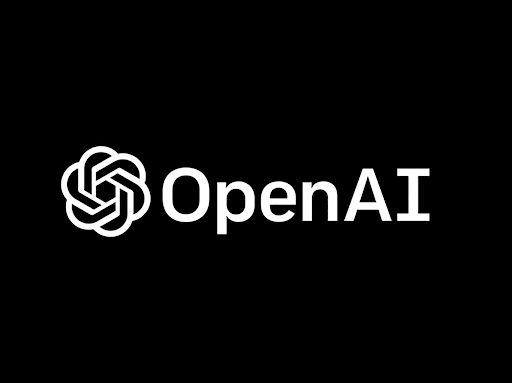Of all the questions that ChatGPT has raised about the future of artificial intelligence, one still reverberates through Silicon Valley: Why couldn’t the industry’s largest technology firms breed an innovative service with a similar kind of impact, especially after amassing some of the world’s largest AI teams?
Exclusive new data from a London-based analytics startup show that the five biggest tech firms have an estimated army of 33,000 people working directly on AI research and development, with Amazon boasting the largest pool of AI-focused employees, at 10,113. Microsoft Corp. has 7,133 AI staff and Google has 4,970, according to Glass.ai, which used machine-learning technology to scrutinize tech company websites and thousands of LinkedIn profiles of their AI-focused employees. The numbers might not yet account for recently announced layoffs at Amazon, which were expected to affect AI staff, but they are also a conservative estimate, excluding software engineers who might well be working on AI, too.

The scuttlebutt in the AI community is that OpenAI’s success really comes down to clever marketing. The company has been on a promotional tear for the last two years with glowing media coverage for earlier projects like its language model GPT-3 and DALL-E 2. But its success also comes down to the direct access its most specialized researchers have to the public.
Amazon makes an interesting alternative case study for turning AI research into successful products. Despite having the largest team of AI researchers in the industry, it has had mixed success turning its AI research into popular or innovative products.
Why are Alexa and other digital assistants like Siri and Google Assistant so limited when chatbots like ChatGPT are so humanlike and versatile? Because the latter tools are powered by large language models, which are trained to generate text based on huge datasets scraped from the web. Alexa is powered by a more limited command-and-control system, which is programmed to recognize certain commands like, “What time is it?”
Amazon’s cloud-computing business AWS has been striking partnerships recently with some of the hottest names in machine learning, including Stability AI, which used AWS’s computing infrastructure to build and deploy its image-generating tool Stable Diffusion. In February Amazon partnered with Hugging Face, which is building a rival to ChatGPT on Amazon’s cloud-computing system.
On Monday, Amazon announced it was laying off 9,000 more staff in the coming weeks, adding to some 18,000 previously disclosed job cuts. But the company has been building up its AI workforce for many years, and even went on a hiring spree in the field over the last five years. Glass.ai’s data show that after 2018, Amazon pulled well ahead of Google, Microsoft, Meta Platforms Inc. and Apple to hire more staff in artificial intelligence.
 It’s possible that many of Amazon’s latest layoffs will be concentrated in its struggling Alexa business. Amazon had about 10,000 staff working on Alexa back in November 2022, according to the Wall Street Journal, and while that number will likely include many sales and marketing staff, there will also be significant overlap with the 10,000 AI-focused staff that Glass.ai identified.
It’s possible that many of Amazon’s latest layoffs will be concentrated in its struggling Alexa business. Amazon had about 10,000 staff working on Alexa back in November 2022, according to the Wall Street Journal, and while that number will likely include many sales and marketing staff, there will also be significant overlap with the 10,000 AI-focused staff that Glass.ai identified.
Disclaimer: This is a Bloomberg Opinion piece, and these are the personal opinions of the writer. They do not reflect the views of www.business-standard.com or the Business Standard newspaper
Note:- (Not all news on the site expresses the point of view of the site, but we transmit this news automatically and translate it through programmatic technology on the site and not from a human editor. The content is auto-generated from a syndicated feed.))




When someone writes an piece of writing he/she keeps the
image of a user in his/her brain that how a user can be aware of it.
Thus that’s why this piece of writing is great. Thanks!